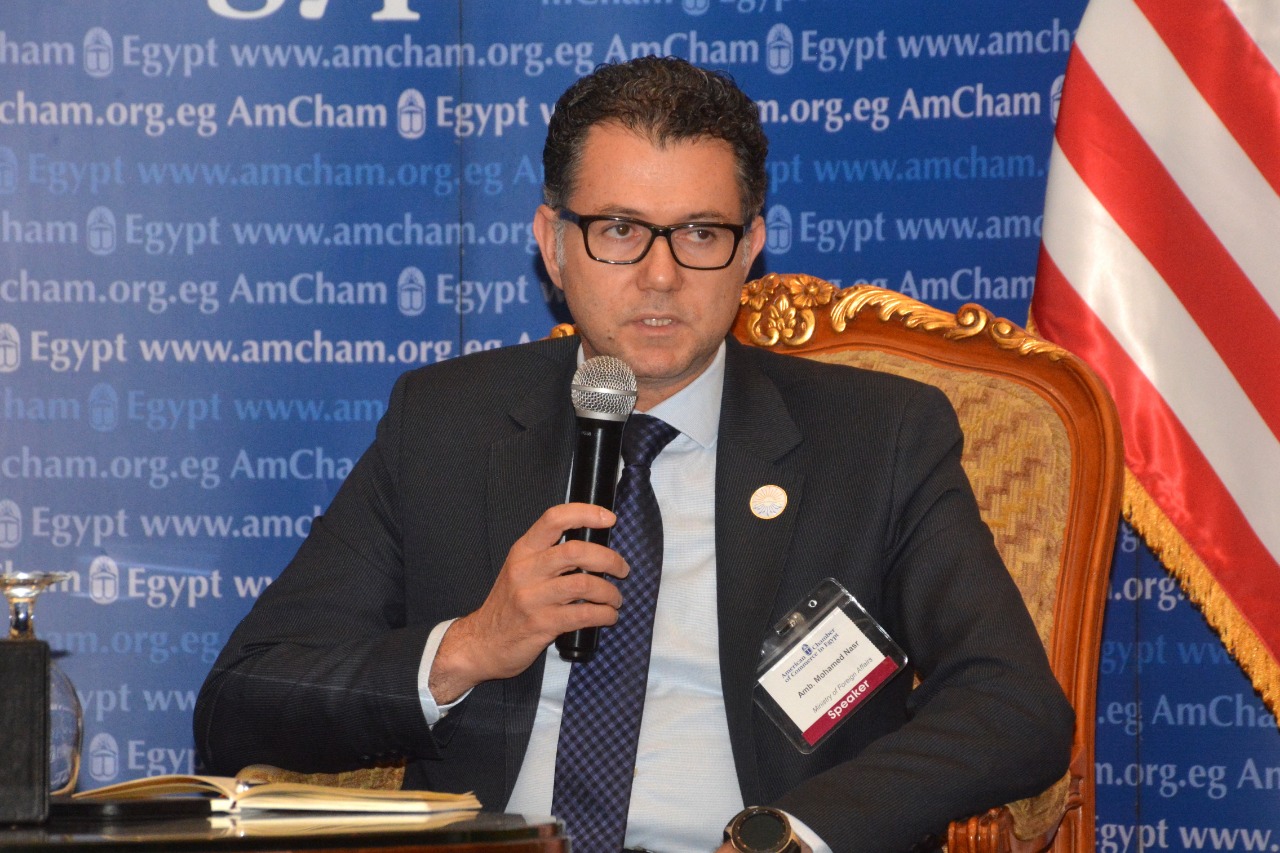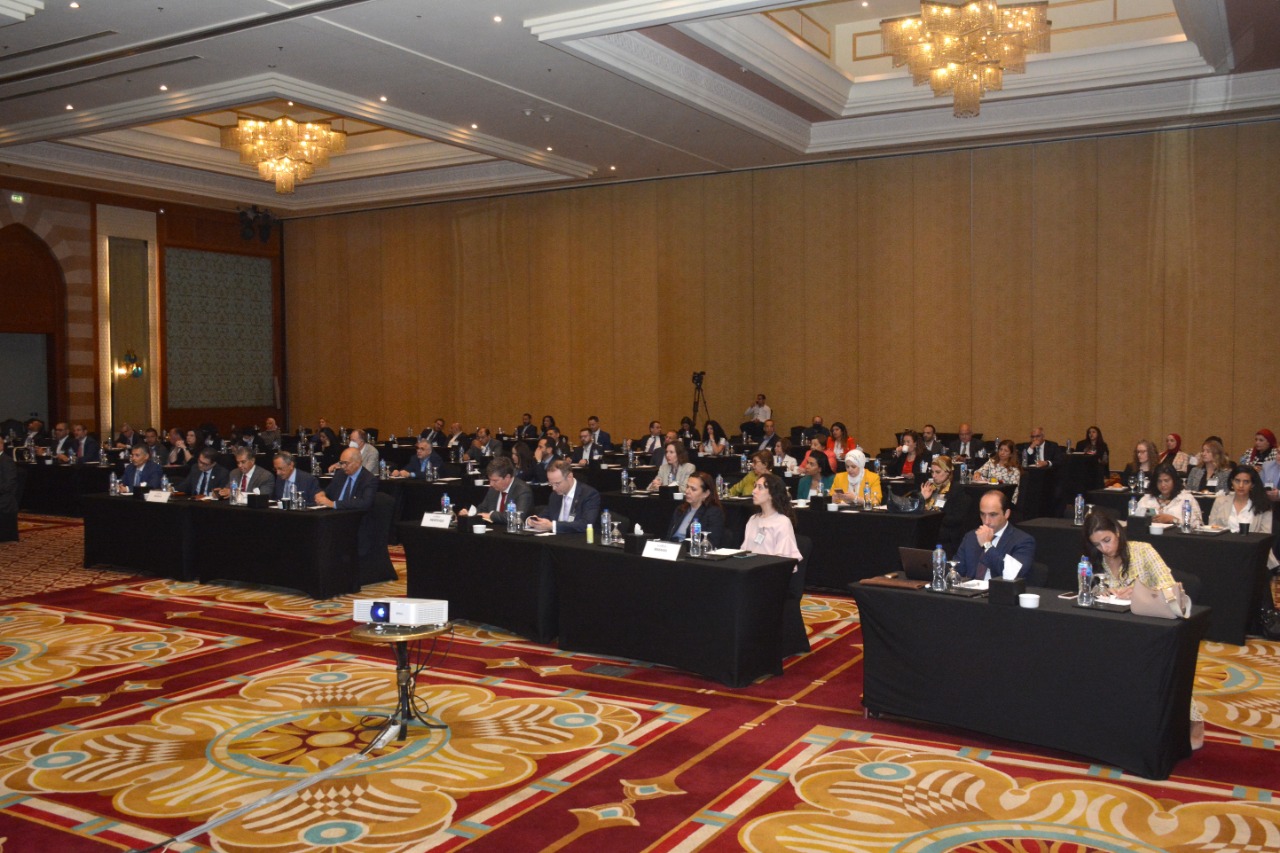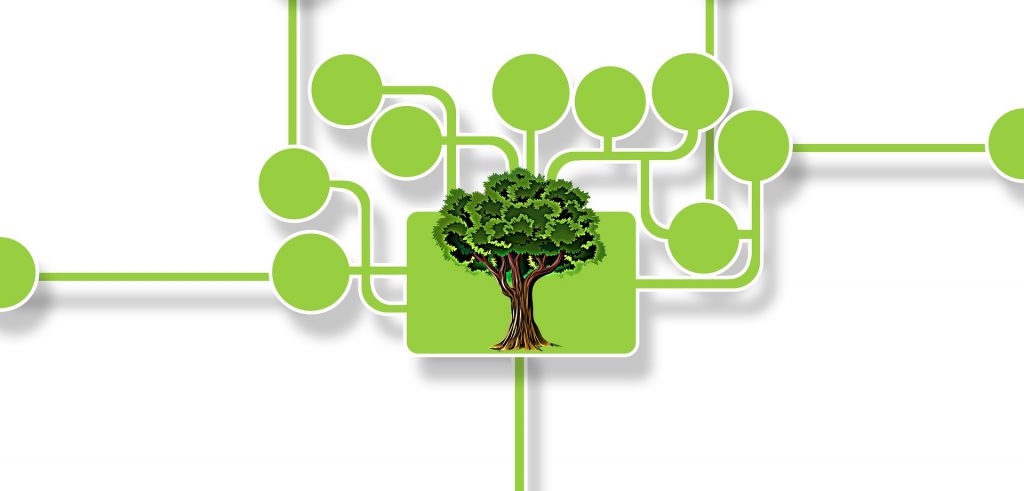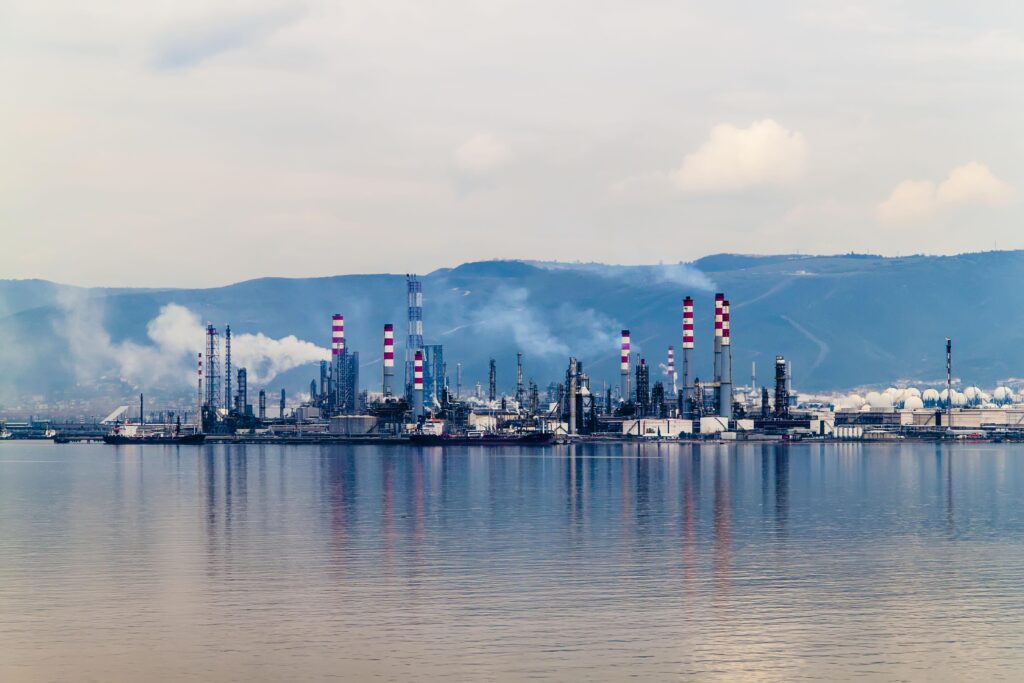The United Nations Framework Convention on Climate Change (UNFCCC) on June 24 opened the registration for parties to the convention and observer states to attend COP27 in Sharm El-Sheikh, to be held November 6-18.
Parties are government bodies from the convention’s 197 member states. Observer states include the United Nations (UN) and its specialized agencies, intergovernmental organizations (IGOs), and non-governmental organizations (NGOs). Organizations should have applied for observer status admission by August 21, 2021. Observer states have to receive admission from the Conference of the Parties (COP) before registering their representatives to attend the convention, according to the UNFCCC website.
On June 23, a day ahead of the registration period, the American Chamber of Commerce in Egypt (AmCham Egypt) held a briefing titled “Towards COP27 Presidency: Egypt’s Vision and Green Economy Investment Opportunities” with Amb. Mohamed Nasr, director of the Ministry of Foreign Affairs’ Environment, Climate and Sustainable Development Department, to guide private companies on the participation opportunities at the conference.

Opportunities for the private sector
The COP27 will be divided into two zones – the Blue Zone, supervised by the UNFCCC, and the Green Zone, managed by the Ministry of Environment.
The Blue Zone is limited to accredited institutions and companies that are members of accredited syndicates. It features conference and exposition halls for side events, and panel discussions covering the topics under the 10 thematic days: finance, adaptation, water, decarbonization, science, solutions, gender, energy, biodiversity, and youth and civil society. This zone will also host the negotiations that are set to take place during the conference.
“[The Blue Zone] is where the discussions are happening, and the awareness is raised. For those who work in government relations and policies, this is where they will get a sense of where the whole multilateral process [internationally] is going,” said Nasr.
Each certified company and coalition is provided with a limited supply of badges to distribute to its team/members.
Accredited associations are part of the observer states or have been nominated by an observer state as part of their delegation.
The Green Zone is for non-accredited companies, which are those that are not a member of an accredited association. Most of these companies will be from the host country itself, Egypt. Non-accredited associations cannot attend the activities that are taking place in the Blue Zone unless they are part of an observer’s delegation.
Private firms can rent a pavilion, which will be built by the government. During the conference, the pavilions will be open from 8 a.m. until 7 p.m. The companies can then hold panel discussions, exhibitions, cultural performances, and present products at their pavilions. At press time, the official COP27 website had not posted details about Green Zone registration.
Any organization can partner with the Egyptian presidency of COP27 for services and products at the conference. There are two levels of partnerships – $2.5 million and $3.5 million – and each partner will receive an undisclosed number of badges.
Organizations can also sponsor, organize and participate in panel discussions or side events as part of the official program at the Blue Zone, as long as the topics are in line with the day’s theme.
“Under these thematic days, we will have at least 15 to 18 activities in the official program. The official program means that it [the panel/side event] will go on the program of the UNFCCC. But, you still can be part of the other 1,000 panel discussions [happening] during the 14 days that are not part of the official program,” the director explained.
In COP26, hosted in Glasgow, there were 5,000 requests for side events – 250 were part of the official program, and the rest took place as part of the unofficial program.
The conference is not open to the public and attendance is limited to party and observer states, and media organizations. During his discussion, Nasr has not revealed whether or not the Green Zone will be accessible to the public – like COP26.
Why participate?
For the private sector, the main benefits of participation include visibility, information, and communication, Nasr highlighted.
With 130 leaders of states and governments and 36,000 participants from international organizations and the private sector, COP26 was the largest event in Glasgow last year. The same number of participants is expected in Sharm El Sheikh this year.
Multiple media agencies will cover COP27, focusing on the panel discussions in the pavilions alongside the negotiations and proposed policies.
“Being [at the] COP and being affiliated with efforts to deal with climate change,” Nasr pointed out, “is something that everybody wants to have on the webpage, in their city and also their mindset and the policies.”







